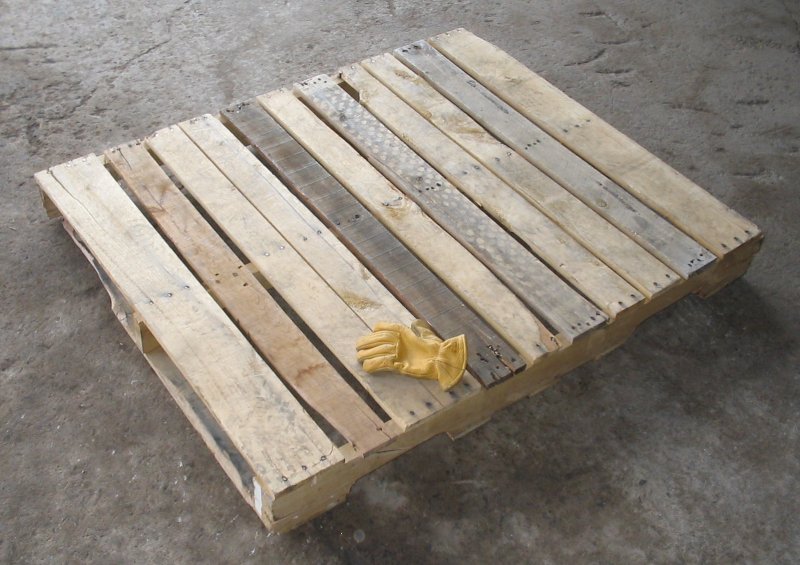Manual pallet handling is certainly labour-intensive activity where the workers will have to undergo repetitive movements, which can create a higher risk of injuries and strains.
There are many companies like Top Industries that can help you by assessing your facility workflow and adding a convenient, ergonomic solution by offering a pallet inverter system.
These designs will incorporate creativity at their foundation, which is coupled with certain advanced technologies to offer you a complete pallet handling solution.
Common pallets and how they can become in handy
Any pallet that are used in warehouses are just not a few pieces of wood and nailed together, but they are a very critical element of all your product packaging and also logistics.
- Pallets will allow any company to use their air space in addition to their available floor space and reduce warehousing costs.
- Pallets can reduce handling time which results in man-hour savings and a reduction in overtime wages.
- Damage to your products can be eliminated totally with the proper installation of your palletization program.
- Savings from palletization are almost 40% to 45% on average, with a range between 25% and as high as 80%
- Mechanical material handling can help in cutting down on any personnel accidents found often with manual handling or lifting.
- Pilferage will be reduced when individual items will be strapped or wrapped to your pallets as unitized bonded loads.
Let us briefly discuss a few different types of pallets.
STRINGER PALLET
A stringer pallet utilises “stringers,” which will support the unit load, hence the name. The 2′ by 4′ or 3′ by 4′ or larger boards that are commonly sandwiched between the deck board’s top and bottom that are known as stringers.
The length of a stringer pallet is specified first, followed by the breadth or length of the deck boards. A “4-way” stringer pallet is frequently made by notching stringers to permit partial four-way fork insertion. It is referred to as a “2-way” pallet with a fork entry only from any end if the stringers are not grooved. Deck planks at the bottom can be chamfered to make room for a pallet jack’s wheels.
The most widely used pallet in the US is a stringer pallet, with a most popular size of 48″ by 40″. For numerous consumer goods, there are standard 48″ by 40″ hardwood stringer pallet specification.
BLOCK PALLET
The four-way entry pallets are block pallets. To support the unit load, they are of made plywood, solid wood or plastic. The top deck boards of block pallets are typically supported by 4 to 12 blocks. Strangely enough, there are tiny stringers between the deck boards and the blocks that act as a mat with the deck board.
Similar to a stringer pallet, a block pallet’s length is determined by the stringer board’s length, and its width by the deck boards’ length. Block pallets may have a full-perimeter base, bottom deck boards, or both.
To remain up-to-date with the recent developments of Top Industries you may refer to YouTube videos available about their latest products.












